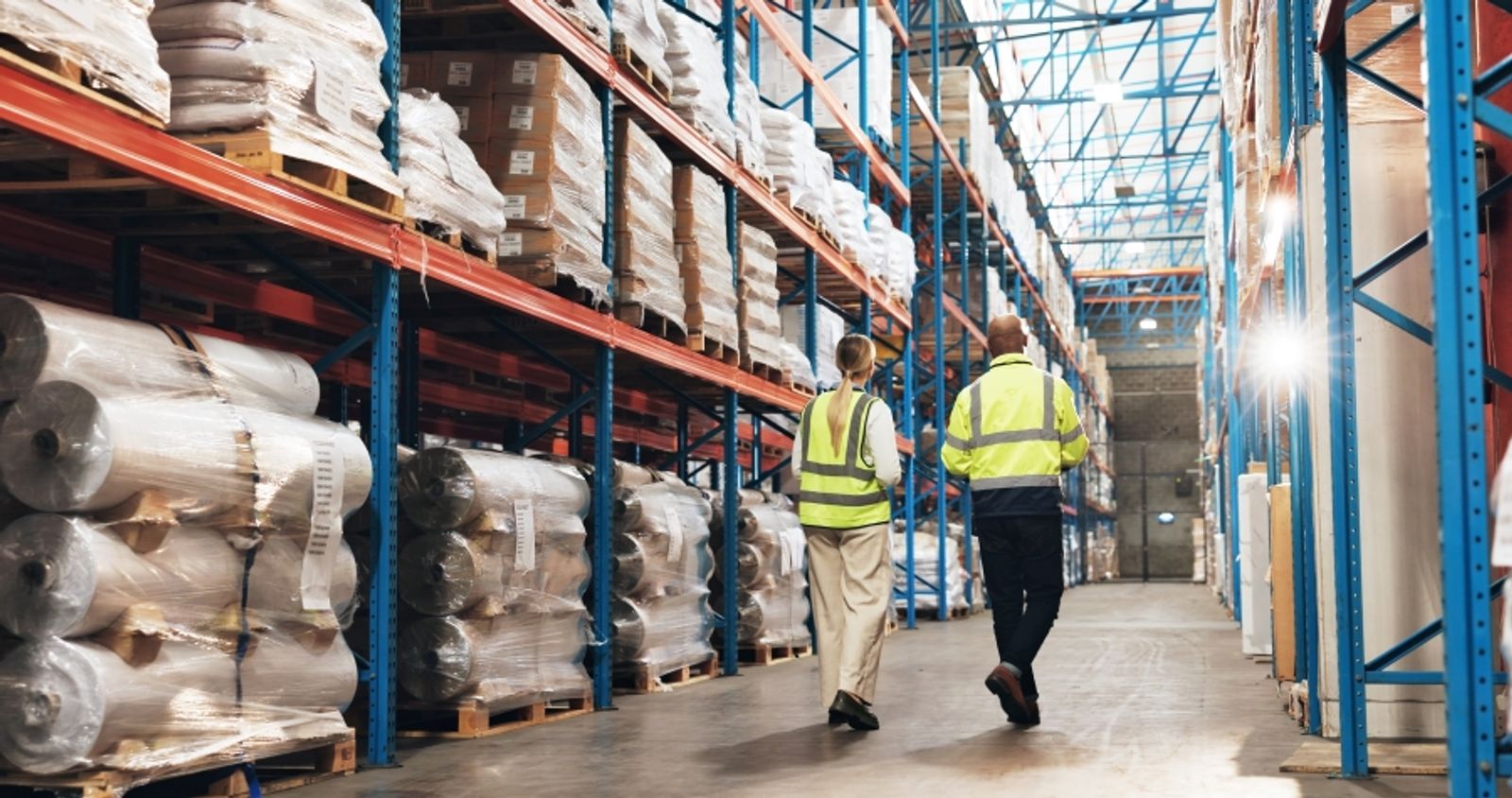
Rising demand for bonded warehousing amid high US tariffs is disrupting the flow of freight by truck to inland US markets, drayage providers say.
That and high volumes of freight frontloaded to avoid paying those tariffs are throwing some supply chains and inland distribution networks off-kilter as uncertainty deepens around US trade disputes and the potential for trade deals to lower tariffs.
Frontloaded freight, first from China and now from other US trading partners facing reciprocal tariffs by July, is forcing US shippers to find new storage space for goods, whether bonded facilities, free trade zones (FTZs) or any available warehouse.
They're looking for overflow space and a tariff-safe haven for their goods, and that is shifting shipments and inventory across the country, said Paul Brashier, vice president of global supply chain for ITS Logistics, a Reno, Nevada-based drayage and logistics provider.
“Bonded storage, especially for Chinese goods, is something we're seeing tons of demand for right now,”Brashier told the Journal of Commerce Wednesday. Demand is high for bonded trucking as well, in which a carrier moves goods in bond from a port.
But bonded warehouses are hard to find. Shippers that can't find bonded storage in the US are looking as far away as Canada. That means freight is shifting to new lanes and perhaps new trucking companies.
“Let's say you frontloaded a ton of goods and you get them into the best port you can as quickly as possible,”he said.“They're not destined for their normal supply chain.”
The situation underscores the need for what industrial real-estate developer Prologis calls“flexible inventory positioning in the evolving landscape.”
“A disconnected world will require more warehouse space, not less,”Prologis CFO Timothy D. Arndt said during a first-quarter earnings call last month.
Discussions between Prologis and more than 300 customers in April found many companies accelerating shipments, Arndt said, adding:“They're also rerouting volumes and have urgent demand for overflow space.”
What those shippers need is short-term flexibility, and they're turning to third-party logistics providers (3PLs) to find it, he said.
“3PLs'space is getting more utilized, with one prominent name describing that they've increased their utilization from 83% to over 90%,”Arndt said.
3PLs are looking for more space for importers, including space at ITS Logistics, which has about 5 million square feet of warehousing at three campuses, Brashier said.
“I was approached recently by a 3PL looking to onboard us for additional space,”he said.“Those conversations weren't happening six months ago, and they are now.”
ITS Logistics is also seeing more demand for cross-dock services and direct long-distance trucking or drayage to customers further in the US, skipping intermediate distribution centers.“There's a lot of stuff moving between distribution centers,”Brashier said, a sign that inventory is being repositioned.
Such deviation from“normal”supply chains — especially if it proves long lasting — leads to higher costs for shippers as goods they import move to markets farther from ports. Disruption likely will decline as tariffs take effect and shipments drop.
“We've got to let everything from the China cut-off process through the system,”Brashier said.
Going with the 'overflow'
A Prologis study released this month found that 75% of US real estate demand is tied to regional distribution and local consumer consumption, not global trade. That, in turn, could mean less space available for the overflow of international goods.
“Many of our customers source domestically and are relatively unaffected, while others have the capability to adapt or even stand to benefit,”Arndt said.
Some Prologis customers are already making decisions, despite uncertainty over US trade policy.
“Even in the last two weeks, we signed a lot of leases, and we've signed build-to-suits,”Hamid R. Moghadam, Prologis'chairman and CEO, said during the company's call.
“These customers could have just said,‘okay, let's punt on those until we have clarity,’”he said.
Spot market volumes soar
The disruption caused by the diversion of freight is igniting the truckload spot market in terms of volumes.
“We're seeing record numbers of loads moved nationally, surpassing the highest numbers we saw during the pandemic,”Dean Croke, principal analyst at DAT Freight & Analytics, told the Journal of Commerce Thursday.
Spot loads moved out of Los Angeles are up 17% from February through May; in the previous two years, the number of loads went down in the same period. Spot loads moved from Los Angeles to Phoenix are up 52% in the February–May period, Croke said.
Last week was the busiest week ever for DAT's spot market load boards, with volumes 6% higher than the week ending Nov. 12, 2021 — the height of the COVID-19 pandemic retail freight surge, he said.
In addition,“we're seeing new lanes pop up because shippers are finding new suppliers,”Croke said.
However, even with freight diversions and inventory repositioning, there's little sign that excess truck capacity is being absorbed by the disruption.
“This hasn't affected spot market rates, which shows there's enough capacity in the contract and spot markets,”Croke said.

